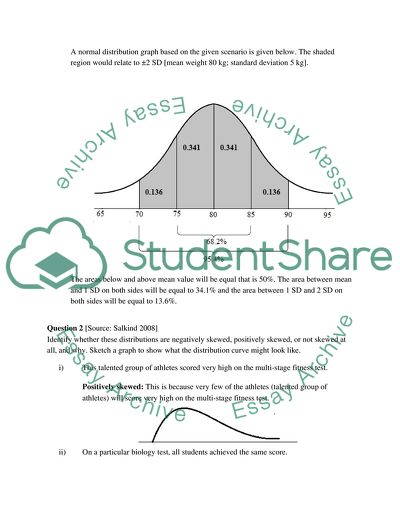Measures of Dispersion Speech or Presentation Example | Topics and Well Written Essays - 250 words. Retrieved from https://studentshare.org/mathematics/1595495-measures-of-dispersion
Measures of Dispersion Speech or Presentation Example | Topics and Well Written Essays - 250 Words. https://studentshare.org/mathematics/1595495-measures-of-dispersion.


